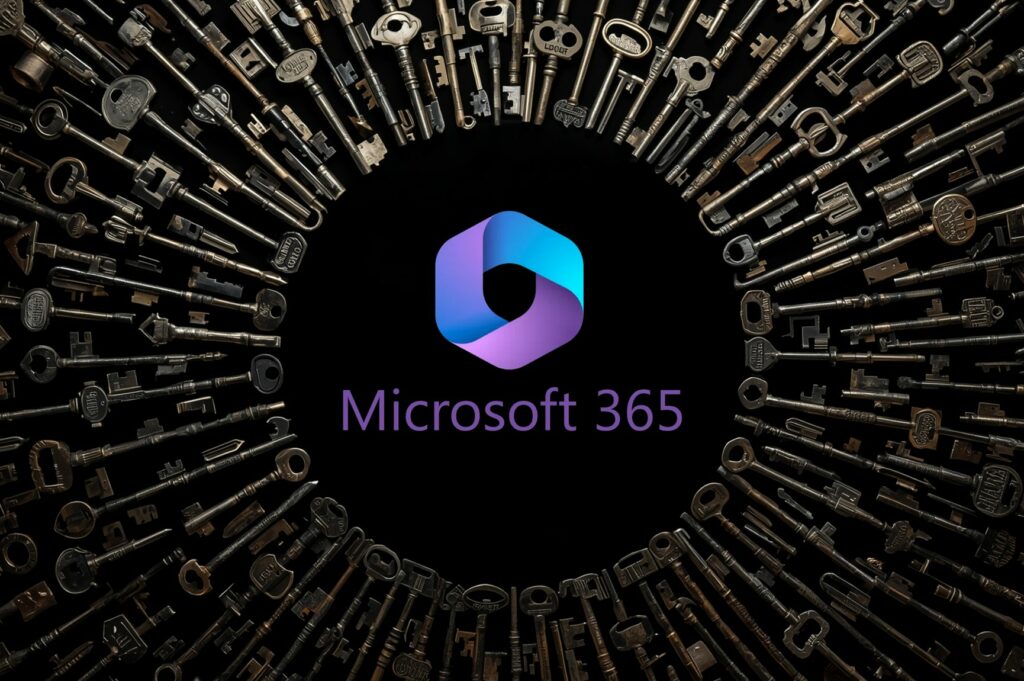
According to new research from Barracuda Networks , a particularly insidious and persistent new Phishing-as-a-Service (PhaaS) kit is stealing credentials and authentication tokens from Microsoft 365 users. Barracuda experts have been monitoring this new threat since July 2025 and have named it Whisper 2FA.
Researchers have detected nearly one million Whisper 2FA attacks targeting accounts in several large-scale phishing campaigns over the past month, making Whisper the third most popular PhaaS kit after Tycoon and EvilProxy.
Barracuda’s technical analysis demonstrates that Whisper 2FA functionality is both advanced and adaptable. Its innovative features include continuous loops to steal authentication tokens, multiple layers of camouflage, and ingenious tactics to hinder analysis of malicious code and stolen data. This represents a real threat to organizations that is evolving rapidly.
As it turns out, the main features of Whisper 2FA include:
The Whisper 2FA phishing kit is rapidly advancing in both technical sophistication and anti-detection strategies. Barracuda’s analysis highlights how early variants of the kit featured developer-added text comments, several layers of obfuscation, and anti-analysis techniques that primarily focused on disabling the context menu (right-click) used for code inspection.
In contrast, the latest variants of the kit discovered by Barracuda lack commentary, the obfuscation has become denser and more layered, and new protections have been added to make it harder for defenders to analyze or tamper with the system. These include tricks to detect and block debugging tools, disable shortcuts used by developers, and crash inspection tools. Furthermore, this variant allows authentication tokens to be validated in real time through the attackers’ command and control system.
“The features and functionality of Whisper 2FA demonstrate how phishing kits have evolved from simple credential theft tools to sophisticated attack platforms,” says Saravanan Mohankumar, Manager, Threat Analysis team at Barracuda. “By combining real-time multifactor authentication interception, multiple layers of obfuscation, and anti-analysis techniques, Whisper 2FA further hinders users and security teams in detecting fraud. To stay protected, organizations must move beyond static defenses and adopt multi-layered strategies: user training, phishing-resistant MFA, continuous monitoring, and threat intelligence sharing.”
Barracuda’s Whisper 2FA analysis shows some similarities to Salty 2FA, a new PhaaS focused on M365 credential theft recently reported by AnyRun, but also notable differences from older, more established rivals like Evil Proxy, including a simplified and more difficult-to-detect credential theft system.
In another recent report , Barracuda also uncovered new techniques used by the Tycoon Phishing-as-a-Service kit to hide malicious links in emails. Specifically, these strategies are designed to obfuscate, confuse, and alter the structure of links or URLs, thus fooling automatic detection systems and ensuring the links are not blocked. Below are some examples:
Follow us on Google News to receive daily updates on cybersecurity. Contact us if you would like to report news, insights or content for publication.
